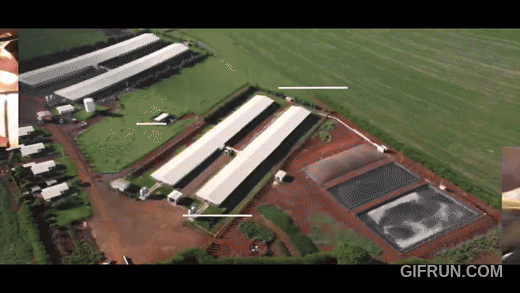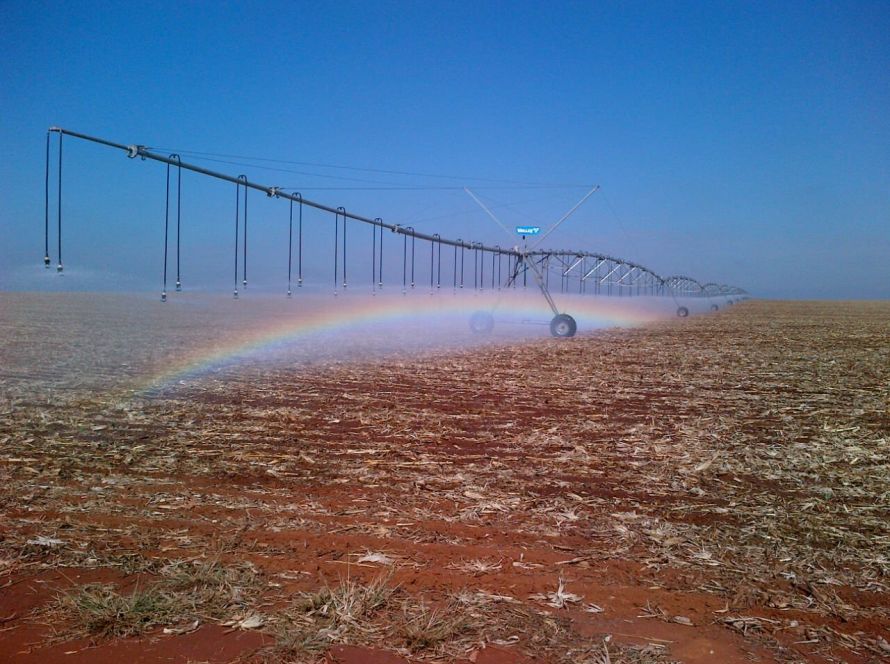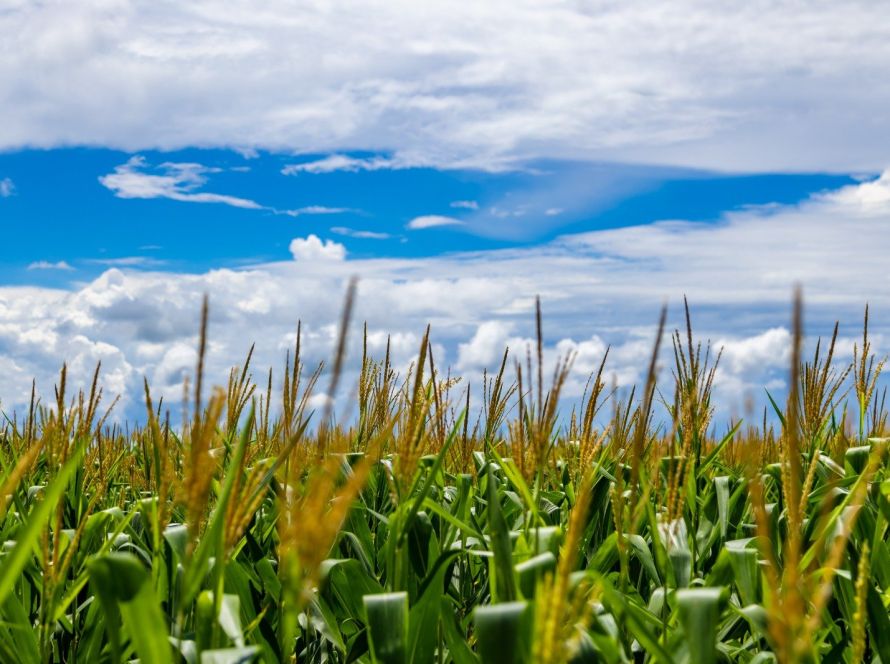Brazil is preparing for a historic cotton harvest in 2025. According to the National Supply Company (Conab), 3.9 million tons of cotton are expected, an increase of 5.7% compared to the previous cycle. In Mato Grosso, the country's main producer, the harvest has already begun according to the Mato Grosso Institute of Agricultural Economics (Imea), although it is still in a very early phase so far.
“There has not been significant progress towards a more extensive development of the crop, but the expectation is that this week the harvest will begin in some regions with more intensity and in a more significant way”, says Cleiton Gauer, superintendent of Imea.
Climate monitoring in the final phase of the crop is important to avoid losses in production potential. The June Conab report highlights how the climate has affected the harvest across the country.
Since June, the drier climate in Minas Gerais has been improving fiber quality. However, in Bahia, reduced rainfall has restricted crop development, resulting in yield losses. Meanwhile, Mato Grosso do Sul is experiencing high rainfall levels, which requires constant disease monitoring, but in the north of the state, the harvest is progressing well, since regular rainfall has stopped.
Harvest planning based on the weather is essential to ensure a large cotton crop this year. Rain during this period can harm the quality of the fiber and have negative impacts on the storage process of the cotton. On the other hand, if it is very dry and hot, there is a greater risk of accidents and fires.
To avoid losses and maximize crop potential, cotton farmers must rely on technologies already available on the market. Integrating data from weather stations on farms with reliable climate forecast models (per plot and per hour) is recommended for the success of this final phase of the harvest.
“Increasingly, decision-making is based on data. It is interesting to bring together the information obtained in one place to facilitate analysis. In addition, crop monitoring must be done continuously, with constant feeding of this database that becomes richer over time, providing a more detailed view of the reality in the field,” explains Davi Köhntopp, Digital Product Researcher at xarvio® Digital Farming Solutions, a digital agriculture brand from BASF Agricultural Solutions.
To gather data from weather stations, regional weather forecasts based on satellite images and even data from harvesting machines, producers can rely on platforms such as xarvio® FIELD MANAGER. This means that information can be read in the same place.
“Minimizing risks during harvesting is essential, and climate monitoring is one of the most important tools at this stage. We know that producers harvest one crop and then start thinking about the next. With this information, it is possible to compare areas with maps of production potential, indicating the best plots and where more investment will be needed in the next cycles,” explains Davi.
Digitalization in the field
Digitalization has transformed agribusiness with the use of technological tools for crucial decision-making. The xarvio® FIELD MANAGER platform closely monitors crop development, using drone, satellite and other data to provide accurate insight into the plants in every part of the field. This detailed perspective allows farmers to identify problems quickly and take preventive action, ensuring a more successful harvest.
Based on this data, the producer has more information about specific management practices, identifying bottlenecks and points of attention for the next harvest. “By checking the variability of my area and considering the forecasts of climate problems during the harvest, I can make more assertive management decisions, such as variable-rate sowing, advancing or delaying planting, or even changing the variety to be used in that plot,” concludes Mariana Borges, Technical Sales Manager at xarvio®.
This ability to adapt and plan is what sets producers who embrace digitalization apart. In addition to improving cotton crop management, xarvio® technology also strengthens crop resilience in the face of climate challenges, ensuring a more productive and safe harvest.





